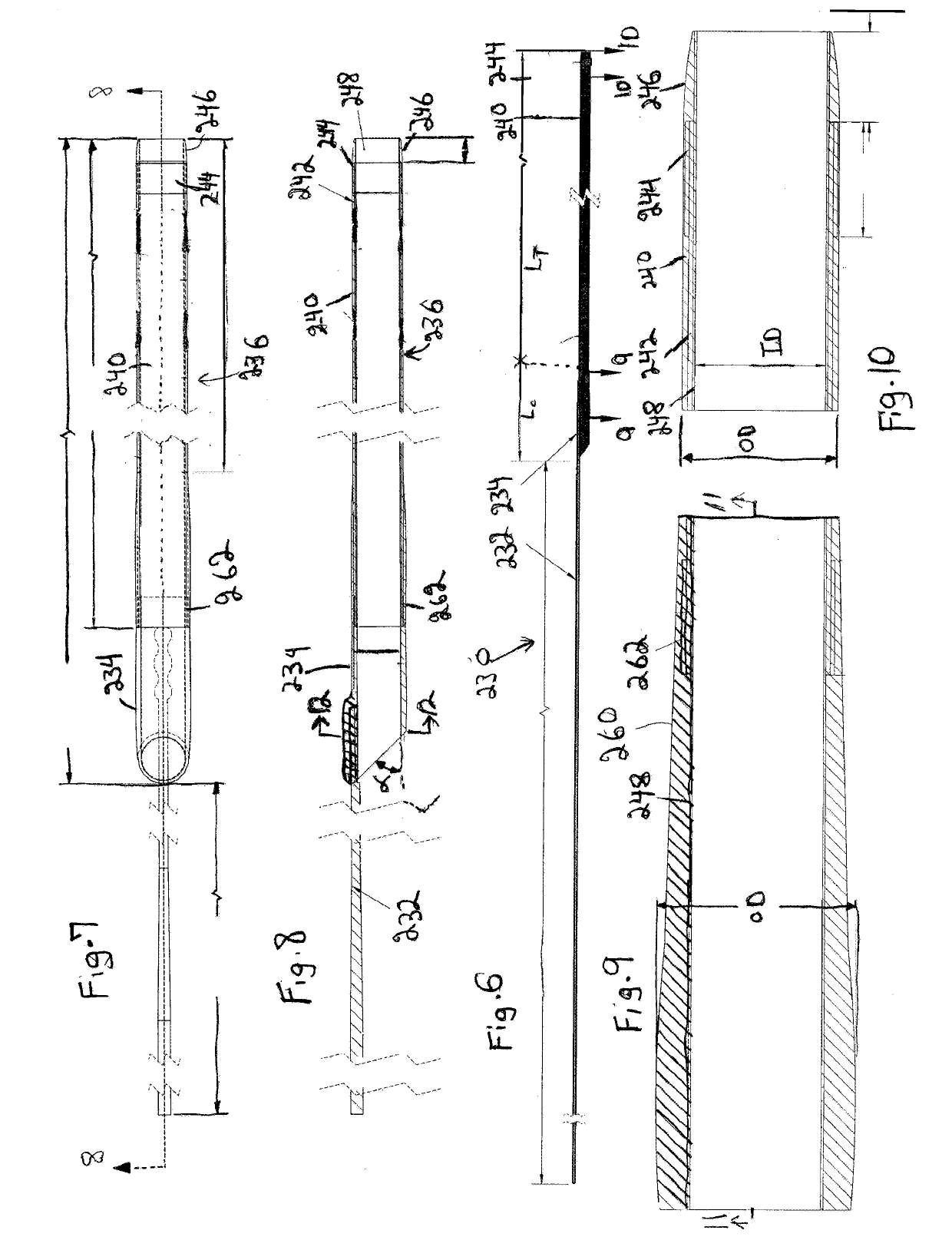Suction catheter systems for applying effective aspiration in remote vessels, especially cerebral arteries
a technology of suction catheter and remote vessel, applied in the field of catheters, can solve the problems of increasing the difficulty of reaching target locations in these vessels, affecting the effect of suction catheter system, and blocking small distal vessels
- Summary
- Abstract
- Description
- Claims
- Application Information
AI Technical Summary
Benefits of technology
Problems solved by technology
Method used
Image
Examples
Embodiment Construction
[0051]A suction catheter system can include a guide catheter adapted with a suction extension having a narrower distal tube that can provide suction with a high flow rate. In some embodiments, the suction extension has a connecting section that has an asymmetric circumference interfacing with the inner surface of the guide catheter with contact at two locations to provide an effective fluid seal while providing for translation of the suction extension within the guide catheter. In alternative or additional embodiments, the guide catheter can have a distal portion of a tubular element that has a narrower diameter that effectively limits the movement of the suction extension in a distal direction. Proximal fittings can be provided in some embodiments to allow withdrawal of the tubular portion (tubular extension) of the suction extension from the guide catheter without bringing the tubular extension of the suction extension through a hemostatic valve. Methods are described for the use ...
PUM
 Login to View More
Login to View More Abstract
Description
Claims
Application Information
 Login to View More
Login to View More - R&D
- Intellectual Property
- Life Sciences
- Materials
- Tech Scout
- Unparalleled Data Quality
- Higher Quality Content
- 60% Fewer Hallucinations
Browse by: Latest US Patents, China's latest patents, Technical Efficacy Thesaurus, Application Domain, Technology Topic, Popular Technical Reports.
© 2025 PatSnap. All rights reserved.Legal|Privacy policy|Modern Slavery Act Transparency Statement|Sitemap|About US| Contact US: help@patsnap.com



